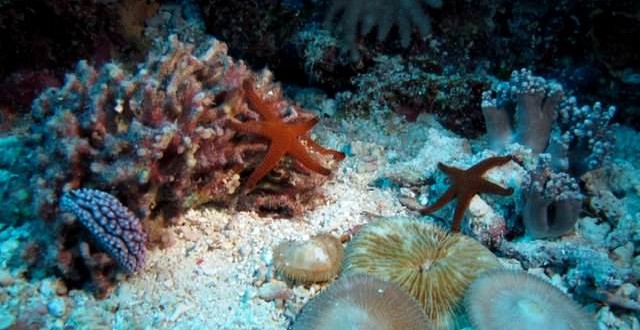Pacific corals and fish can both smell a bad neighborhood and they use this ability to avoid settling in damaged reefs, according to a new study.
The study found that the damaged coral reefs emit chemical cues that repulse young coral and fish discouraging them from settling in the degraded habitat.
Lead researcher Danielle Dixson and her colleagues studied coral larvae and young reef fish from the coastal waters of Fiji and discovered that both of these aquatic drifters demonstrated an attraction to chemical signals released by healthy corals, and repulsion by similar cues coming from seaweed.
During the study, the researchers compared water from protected areas, where fishing had been outlawed, to water from non-protected areas, where few fish and lots of seaweed pervaded. Repeatedly, the researchers found that their young corals and fish chose to investigate the water from protected areas while avoiding as best they could the water from non-protected areas.
This latest discovery suggests that a number of aquatic species that appear to be simply floating through the water may actually be making active choices about where to settle. However, if young fish and corals always head for reefs dominated by healthy corals while avoiding seaweed that’s known to cover degraded reefs, this makes the future of degraded reefs look bleak indeed.
According to Dixson and her team, some degraded reefs may have to be managed so that they produce the signals that attract new fish and coral larvae. This is becoming a larger problem since increasingly more reefs around the world appear to be losing their corals and gaining more seaweed.
Agencies/Canadajournal
 Canada Journal – News of the World Articles and videos to bring you the biggest Canadian news stories from across the country every day
Canada Journal – News of the World Articles and videos to bring you the biggest Canadian news stories from across the country every day



